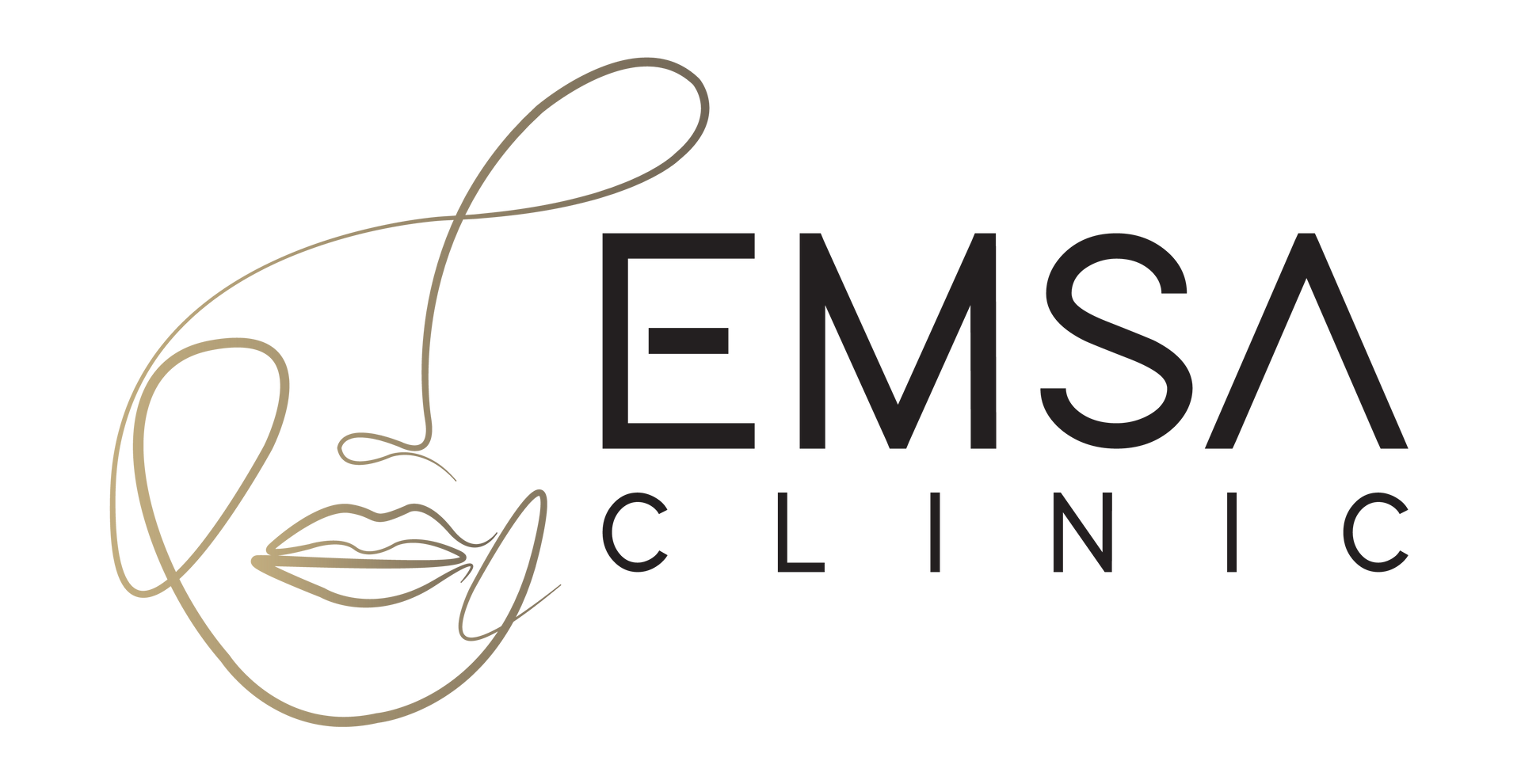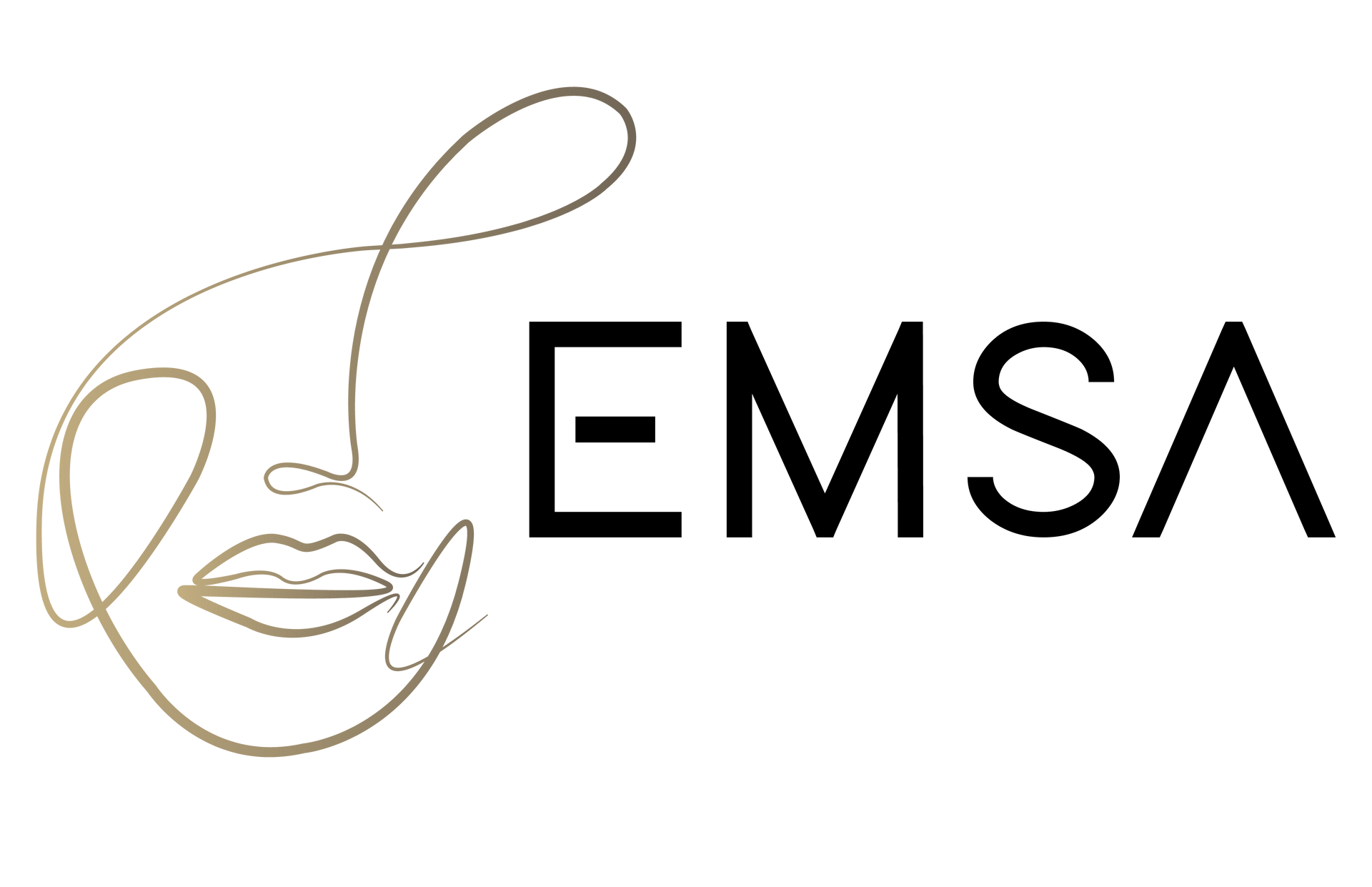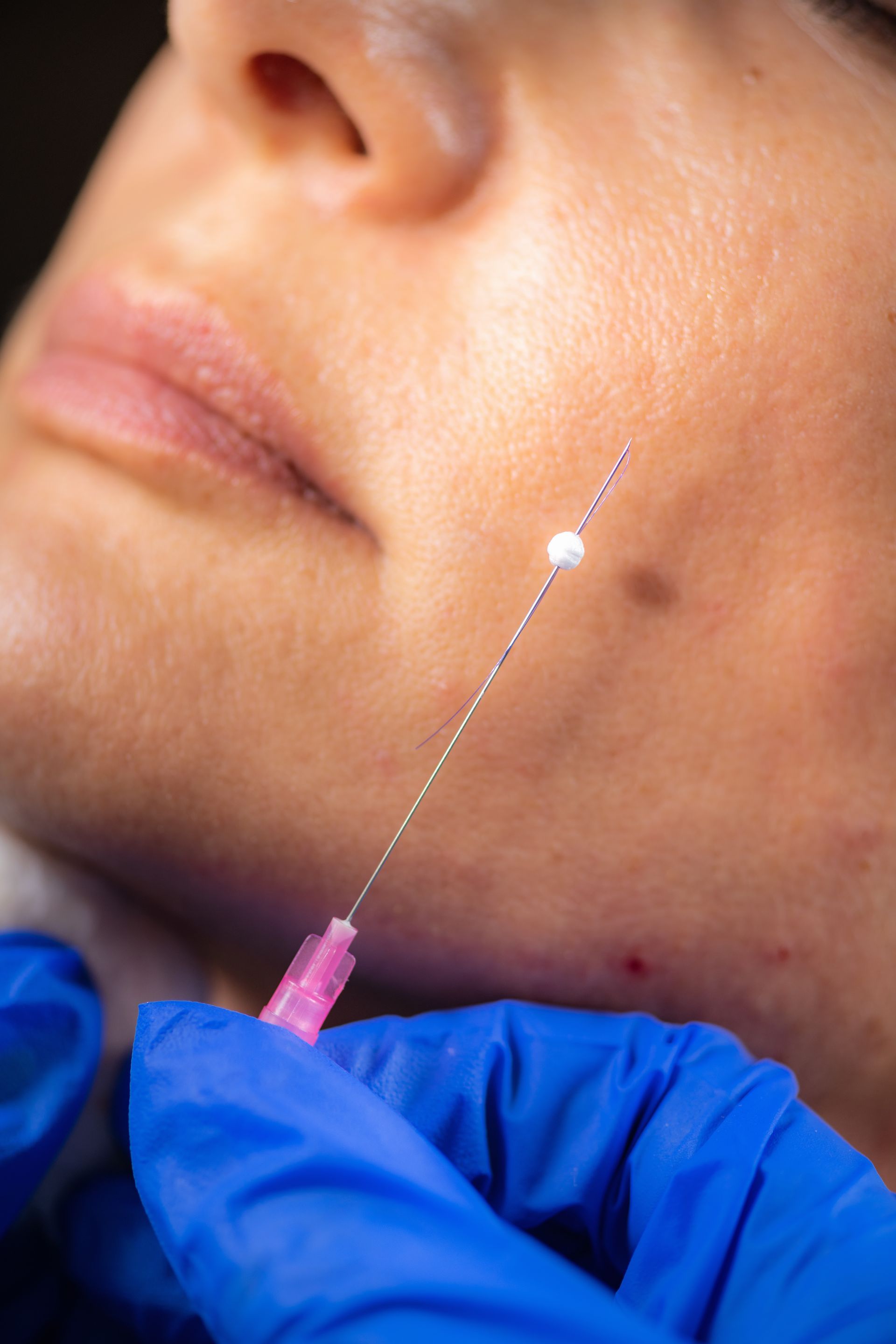
Subcision is a minimally invasive dermatological procedure designed to treat depressed or indented scars, most commonly rolling acne scars. It works by releasing the fibrous bands of tissue that pull the skin downward, causing a sunken or uneven appearance. By breaking these bands, subcision allows the skin to lift and smooth out naturally over time.
Subcision Scar Treatment – Restore Smooth, Even Skin
SUBCISION
SUBCISION
Who is Suitable for Subcision Treatment?
Rolling Acne Scare
Rolling scars appear as broad depressions with sloped edges, giving the skin a wavy or uneven texture. These scars are caused by fibrous bands pulling the skin down from beneath the surface. Subcision works effectively by releasing these bands, allowing the skin to lift and smooth out over time, leading to a more even skin surface.
Atrophic Scars
Atrophic scars are sunken areas of the skin that result from a loss of collagen after inflammation or injury, such as acne or chickenpox. Subcision helps by breaking the fibrous tissue beneath the scar, stimulating natural healing and collagen production to gradually restore volume and texture to the skin.
Chickenpox Scars
Some chickenpox scars, especially those that are indented or pitted, can be treated with Subcision. By releasing the underlying adhesions and promoting collagen growth, Subcision can improve the skin’s appearance and reduce the depth of these long-lasting scars.
Surgical or Traumatic Scars
Indented scars from surgery or injury can cause cosmetic and confidence concerns. If the scar is tethered or sunken, Subcision can release the underlying scar tissue, allowing the skin to lift naturally. This approach often improves the scar’s appearance and blends it more evenly with surrounding skin.
Stretch Marks
For deeper, depressed stretch marks—especially in areas like the thighs or buttocks—Subcision may help when used in combination with other treatments. It works by loosening the fibrous tissue and encouraging collagen formation, which can improve skin texture and reduce the visibility of stretch marks.
Skin Tethering or Dimples
Certain skin irregularities like dimples or tethered areas are caused by fibrous bands anchoring the skin down. Subcision targets these bands, releasing the skin and allowing it to rise, resulting in a smoother and more natural-looking contour.
SUBCISION
Who is not Suitable for Subcision Treatment?
- Active Acne Breakouts: Subcision should be avoided on areas with active acne to prevent irritation, infection, and delayed healing.
- Bleeding Disorders or Blood-Thinning Medications: These conditions can increase the risk of excessive bruising, bleeding, or complications during and after the procedure.
- Prone to Keloids or Hypertrophic Scars: Subcision may trigger abnormal scar formation in individuals prone to raised scars, making it unsuitable for them.
- Pregnant or Breastfeeding: As a precaution, elective treatments like Subcision are usually postponed during pregnancy and breastfeeding to avoid potential risks.
- Unrealistic Expectations: Subcision provides gradual improvement over multiple sessions. It may not be suitable for those expecting instant or perfect results.
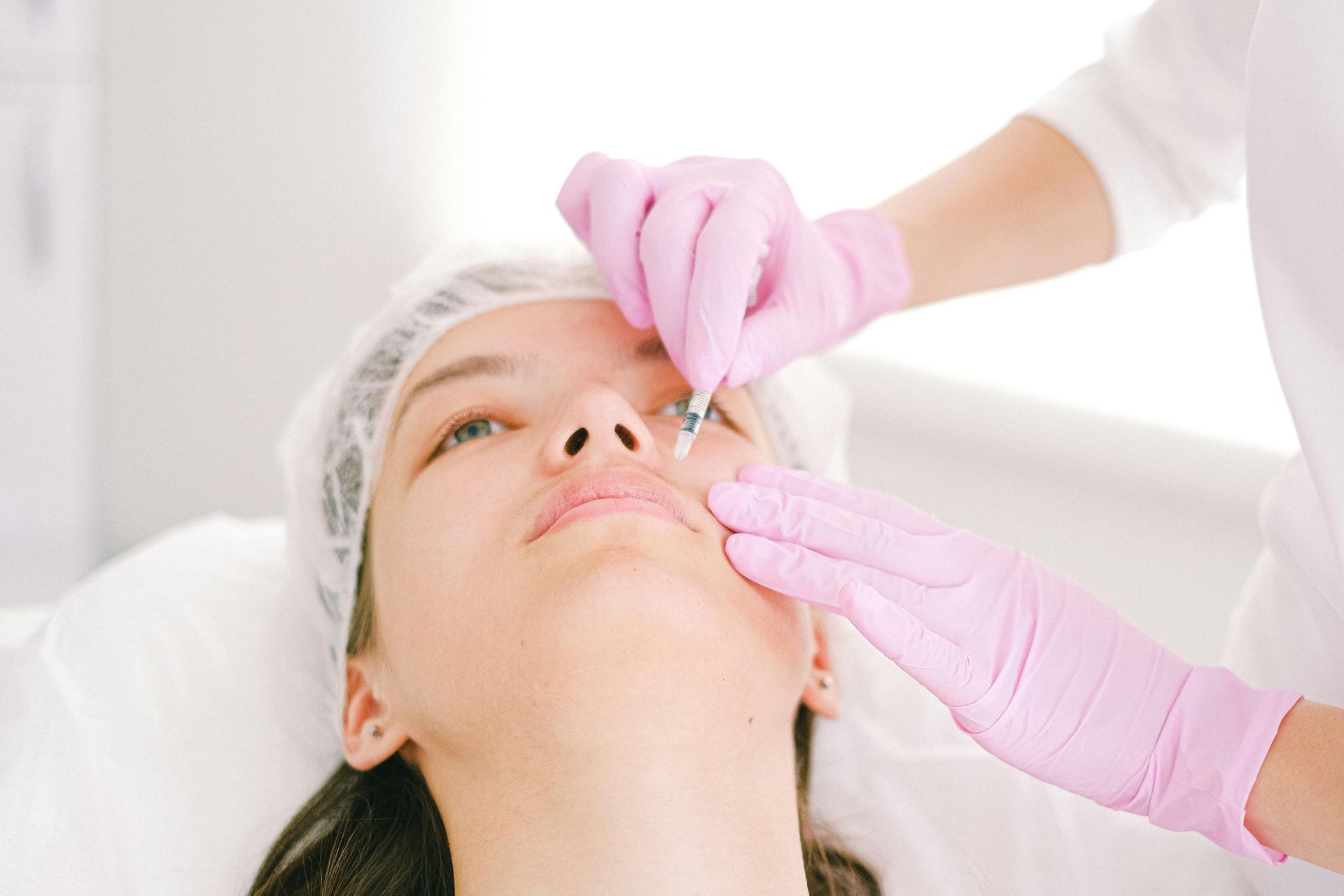
Downtime
Minimal—some bruising or swelling may occur but usually resolves in a few days.
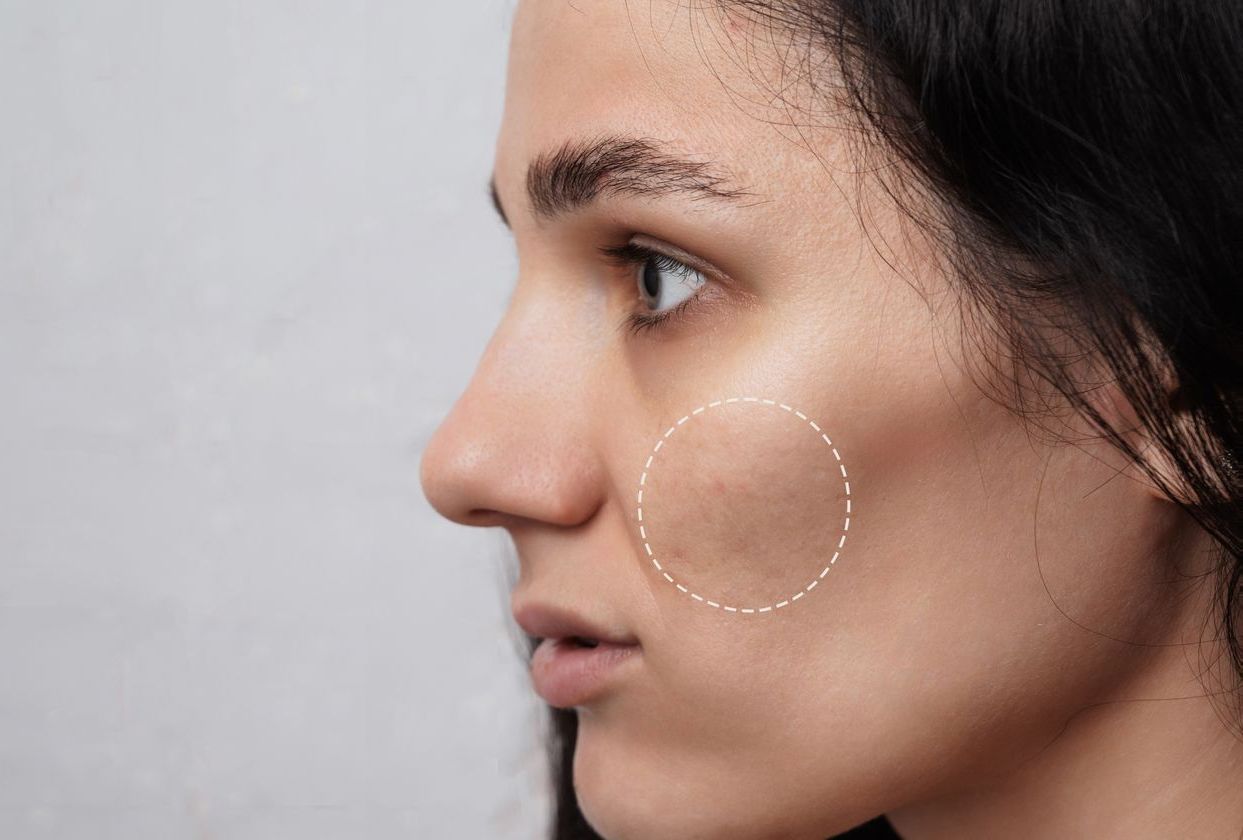
SUBCISION
POST-TREATMENT:
- Mild bruising, swelling, and soreness are common for a few days
- Avoid intense physical activity, facial massages, and harsh skincare products for 3–5 days
- Ice packs can be used to reduce swelling
- Keep the area clean and follow aftercare instructions provided by your practitioner
- Most patients can return to work the next day, depending on bruising
Gradual improvement can be seen over several weeks, with optimal results usually after a series of treatments.
HAVE QUESTIONS ABOUT OUR SERVICES?
Get in touch with us now to get our helpful, we’ll get back to you as soon as possible!

